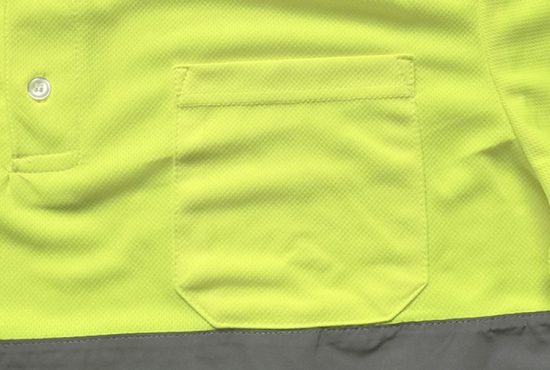The future of safety wear technology is exciting and holds the potential to revolutionize workplace safety, sports, healthcare, and various other domains. Here are some trends and innovations that we can expect in the future of safety wear technology:
- Smart and Connected Safety Wearables:
- Integration of sensors and connectivity in safety wear to monitor vital signs, environmental conditions, and worker behavior in real-time.
- Smart safety vests, helmets, and other gear that can communicate data to a central system, providing insights into worker safety and health.
- Augmented Reality (AR) and Virtual Reality (VR):
- Use of AR and VR in safety helmets and goggles for enhanced situational awareness, training, and remote assistance.
- Virtual safety simulations to train workers in high-risk environments without real-world exposure to danger.
- Wearable Exoskeletons:
- Development of lightweight and ergonomic exoskeletons to reduce the physical strain on workers performing repetitive or physically demanding tasks.
- Exoskeletons for healthcare applications to assist with patient lifting and rehabilitation.
- Material Advances:
- Development of advanced materials for safety wear, such as fabrics that change properties in response to temperature, moisture, or impact.
- Self-healing materials that repair damage to safety gear to maintain their protective qualities.
- Biometric Authentication:
- Integration of biometric authentication methods (e.g., fingerprint or facial recognition) into safety wear for secure access to restricted areas or equipment.
- Health monitoring through biometric data collection to ensure workers are fit for duty.
- Incorporation of Artificial Intelligence (AI):
- AI algorithms to analyze data from sensors and cameras, predicting potential safety risks and alerting wearers in real-time.
- AI-driven personalization of safety gear to ensure a proper fit and optimal comfort for each individual.
- Environmental Sensors:
- Wearable sensors to monitor air quality, temperature, humidity, and other environmental factors, providing early warnings and data for decision-making.
- Advanced respiratory masks with built-in air quality sensors and filtration systems.
- Biometric Health Monitoring:
- Wearable devices that continuously monitor health metrics, such as heart rate, body temperature, and hydration levels.
- Health alerts and notifications for workers to prevent fatigue, dehydration, or heat-related illnesses.
- 3D Printing and Customization:
- 3D printing technology for producing customized safety wear and personal protective equipment (PPE) tailored to an individual’s body shape and specific needs.
- Rapid prototyping of safety gear to accommodate evolving safety requirements.
- Energy-Harvesting Technologies:
- Integration of energy-harvesting technologies, such as piezoelectric or solar panels, to power sensors and electronic components in safety wear.
- Self-charging safety gear that reduces the need for frequent battery replacements.
- Environmental Sustainability:
- Development of eco-friendly and sustainable materials for safety wear to reduce the environmental impact of manufacturing and disposal.
- Recycling programs for old safety gear to promote sustainability.
- Human-Machine Integration:
- Seamless integration of safety wear with machinery and equipment for improved human-machine collaboration and safety in industrial settings.
The future of safety wear technology is driven by advancements in materials science, electronics, data analytics, and AI. These innovations aim to enhance safety, comfort, and efficiency while reducing the risk of workplace injuries and health-related issues. As technology continues to evolve, safety wear will become more intelligent, adaptive, and personalized to meet the unique needs of users in various industries.


